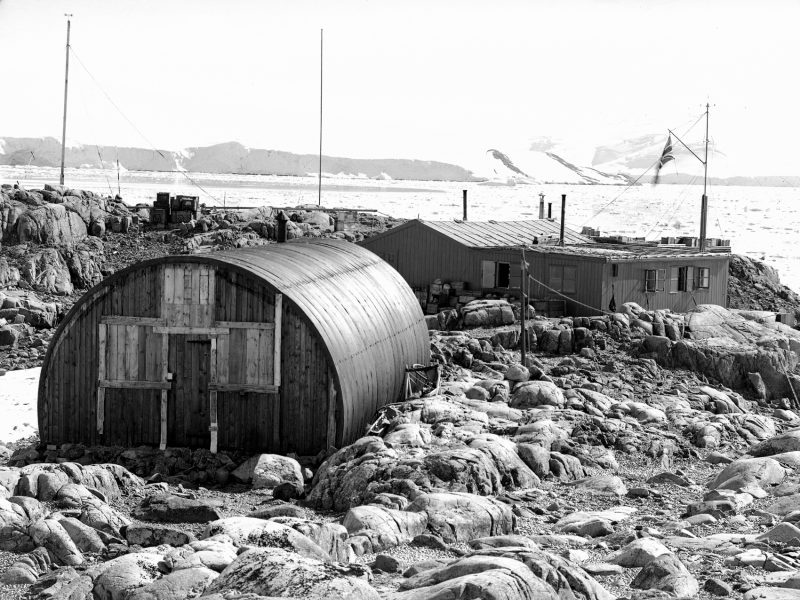It’s easy to imagine all the heated battles of World War II’s European Theater taking place in France or Belgium or North Africa – all the campaigns discussed in history class at school.
But other operations took place, too. Some were not known of at all during the war years, because they weren’t talked of openly by governments or in the press.
On a frigid, barren landscape in Antarctica, “Operation Tabarin” took place from 1943-1946. It was just as important, in its way, as any of the infamous battles that happened in Europe and North Africa. It just happened “below the radar,” and wasn’t talked about once it was launched.
The Allies continually worried about the enemy accessing shipping lanes and other waters. That was true in and near Antarctica as well, where Great Britain had a huge stake in territory it had claimed at the turn of the 19th century. Argentina had begun asserting rights to the Falkland Islands by planting its flag on Deception Island in 1942.
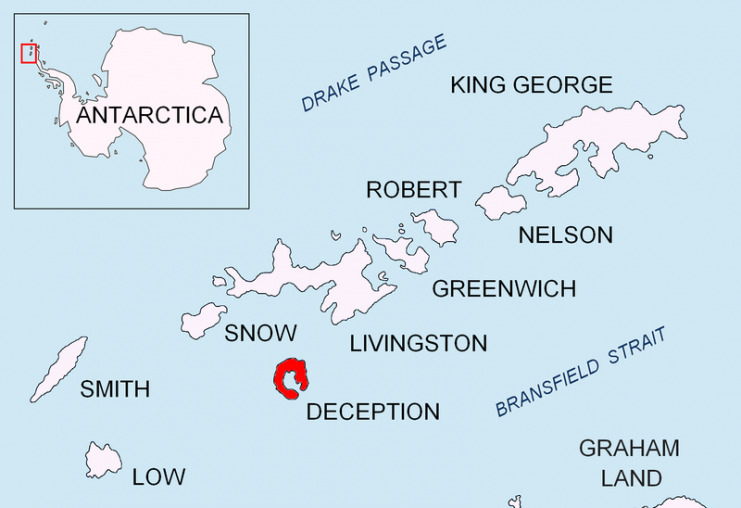
Accordingly, Winston Churchill proposed a secret operation whose purpose was two-fold: watch for enemy ships arriving on Great Britain’s territory in Antarctica, and ensure England’s authority over the Falkland Islands to protect the area from Argentina. Great Britain intended to make it clear that it still had authority in the area, particularly the Falkland Islands.
Operation Tabarin’s 14-man team included a scientist from the British Museum, and his diaries have just been published in a new book, The Secret South. The book details the operation, the establishment of different bases, and the struggles and joys of such an arduous trip.
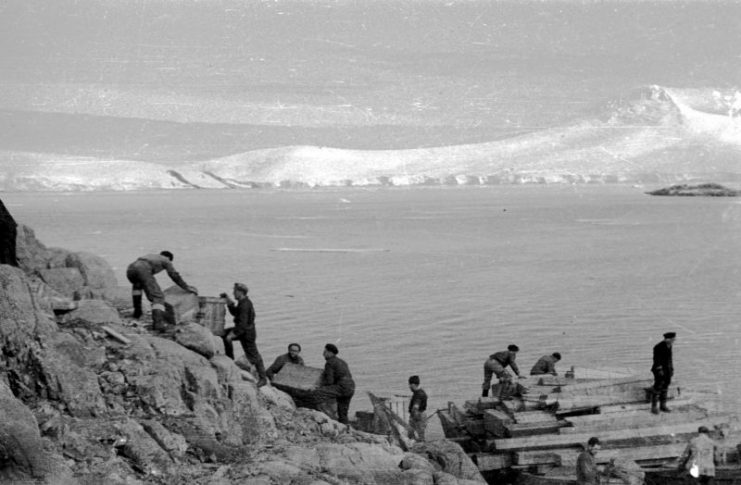
Some historians view Operation Tabarin as the most singularly vital expedition ever made by Great Britain to further its research into Antarctica and its resources. It led to the establishment of a cutting edge research facility that examined geography, climate, and other natural sciences.
The operation’s leader, James Marr, was a marine zoologist. He and the British government recruited other men for the trip whose talents and skills lent themselves to the expedition’s goals.
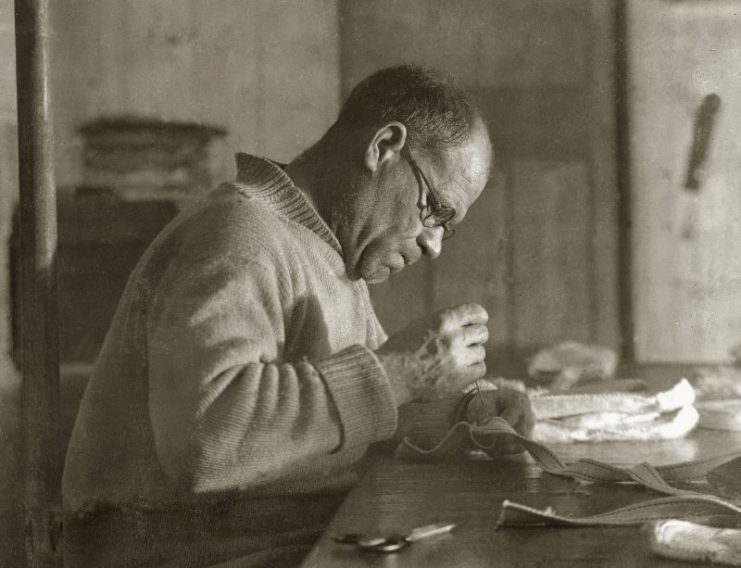
Ivan Mackenzie Lamb was one of those adventurous men. He joined the long, intense sledding trips across Wiencke Island, and another 800 mile journey around James Ross Island. Lamb directly contributed to the establishment of manned bases on Deception Island, Hope Bay, and Goudier Island. The bases were slowly erected over the trip’s two-year term.
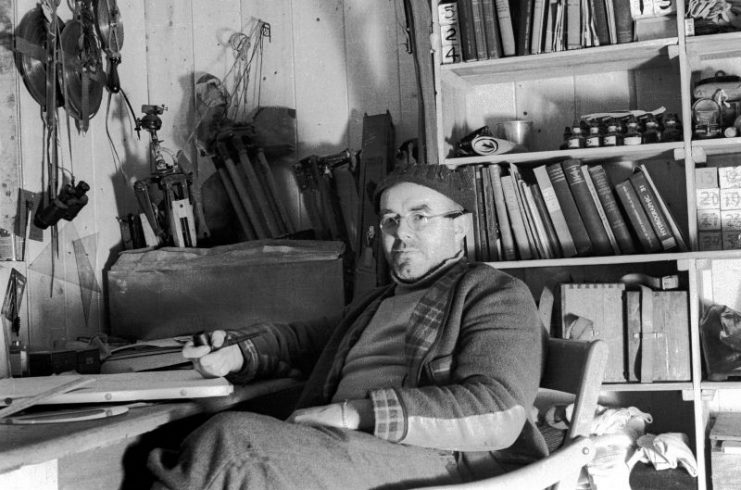
Lamb’s photographs in The Secret South reveal the camaraderie – and the travails – of such a difficult undertaking. But the book’s editors note that in addition to his skill behind the camera and his scientific expertise as a botanist, Lamb brought something more to the trip:
“In some ways,” they write, “perhaps the most important [aspects] of Lamb’s character, at least when judged against the peculiar backdrop of a polar expedition, were his empathy and kindness.”
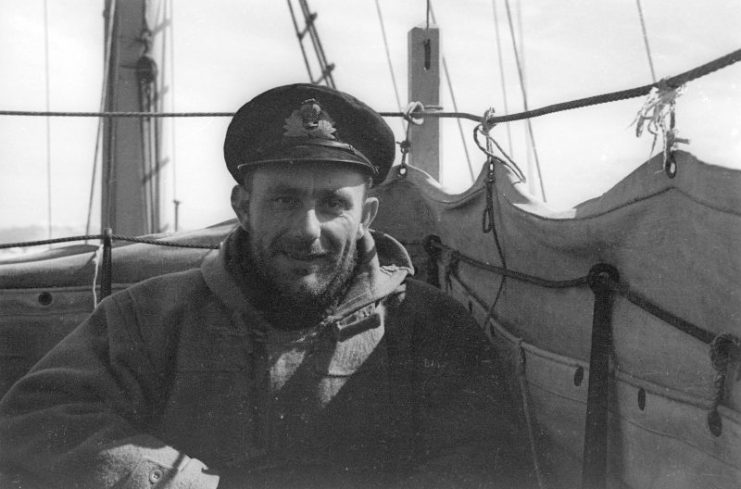
The British government insisted that its concern about enemy ships disturbing supply lines was the sole reason for the expedition. However, that wasn’t entirely true.
It was also concerned about Argentina’s insistence that the Falkland Islands were its rightful territory. Operation Tabarin would help secure Great Britain’s rights in Antarctica and the Falklands by establishing permanent, manned bases.
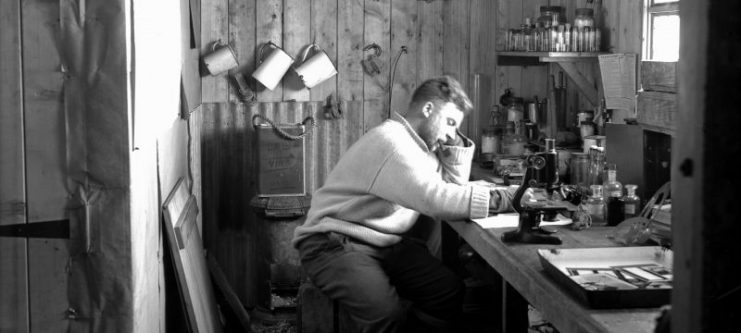
In fact, this secret operation would be one of the reasons Great Britain and Argentina clashed in 1982 during a 10-week conflict called the Falklands War, though neither side ever formally declared war. Still, the matter has never been resolved – each country still believes the territory is rightfully its own.
Lamb’s diaries, published 70 years after his trip to Antarctica, reveal yet another chapter in the hitherto unknown operations carried out by the Allies to deter the Germans at every access point. No enemy ship ever approached while the men were there, and Lamb returned to Great Britain when his two-year contract expired.
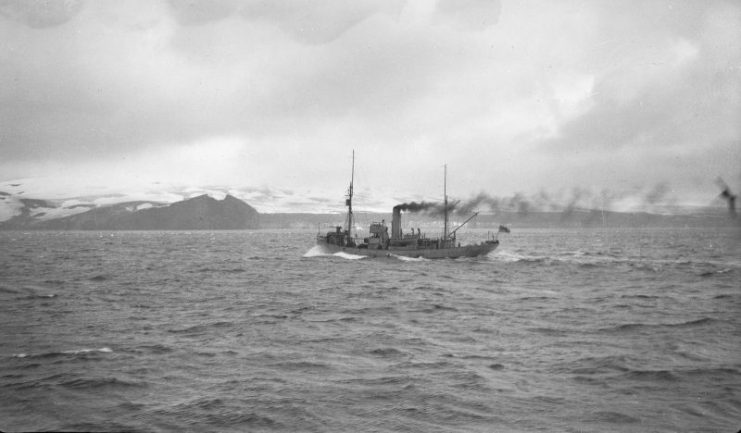
Read another story from us: The Secret Nazi Super Fortress in Antarctica – Fact or Fiction?
The editors also note, “Whatever quixotic objectives motivated him to join the expedition, there can be no doubt regarding Lamb’s contribution to the success of Operation Tabarin.”
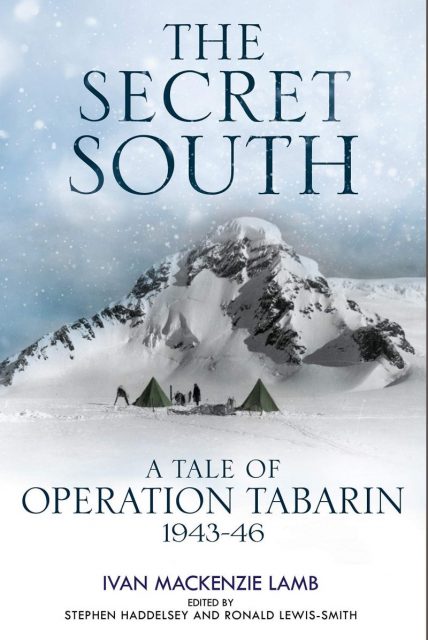
The book The Secret South: A Tale of Operation Tabarin is now available on Amazon.
